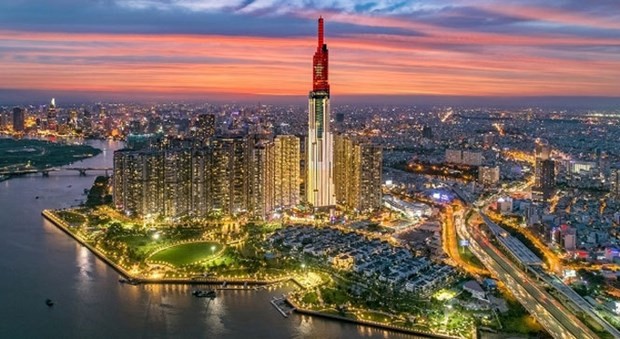
Singaporean Prime Minister Lee Hsien Loong and Malaysian Prime Minister Datuk Seri Anwar Ibrahim visited China and attended the Boao Forum last week.
Their visits sent out a message to the world that Singapore and Malaysia will strengthen ties and deepen cooperation with China, opening a new chapter in bilateral ties and attaching great importance to the development of relations between China and the Association of Southeast Asian Nations.
Singapore and Malaysia are China's close neighbors and important trading partners. Since 2013, China has been Singapore's largest trading partner year after year, while Singapore has maintained its position as the largest source of foreign capital in China for the ninth consecutive year.
The two countries have cooperated in mega projects, such as the three government-to-government projects — the Suzhou Industrial Park, the Tianjin Eco-City and the China-Singapore (Chongqing) Demonstration Initiative on Strategic Connectivity — as well as the Guangzhou Knowledge City project.
Bedsides Singapore, Malaysia, too, is an important trading partner for China. The total trade between China and Malaysia exceeded $200 billion for the first time last year, while China has been Malaysia's largest trading partner for 14 consecutive years. China is also Malaysia's biggest foreign direct investment contributor. China dominated foreign investments totaling $12.58 billion in Malaysia in 2022, accounting for 33.9 percent of the overall foreign investments. The two countries are carrying forward many big projects, such as the East Coast Rail Link and the "Two Countries, Twin Parks" project.
China-Singapore and China-Malaysia relations in a way mirror the development of China-ASEAN ties. China remained ASEAN's largest trading partner for 13 consecutive years from 2009 to 2021. China-ASEAN bilateral trade reached $975.3 billion in 2022. The first round of consultations on version 3.0 of the China-ASEAN Free Trade Area negotiations was launched in February. According to the Ministry of Commerce, China will advance negotiations this year, with a focus on incorporating new growth points in digital and green economies.
China's economic development has become an important driver of regional development, providing remarkable opportunities for ASEAN countries. According to the World Bank's East Asia and Pacific April 2023 Economic Update, growth in developing East Asia and the Pacific is forecast to accelerate to 5.1 percent in 2023 from 3.5 percent in 2022.
China has set a GDP growth target of around 5 percent for 2023, which will benefit the economic development of ASEAN. The International Monetary Fund analyzed that a 1-percentage-point increase in China's GDP growth leads to a 0.3-percentage-point increase in the growth of other Asian economies.
The mutually beneficial cooperation between China and ASEAN members has played a positive and exemplary role for the world amid global gloom and uncertainties. In addition, in 2021, China and ASEAN deepened cooperation in political and security areas and elevated their relationship to the level of Comprehensive Strategic Partnership.
As a builder of world peace, a contributor to global development and a defender of the international order, China strives to build a community with a shared future for mankind, for which it proposed the Global Development Initiative, the Global Security Initiative and the Global Civilization Initiative, which are supported by many other countries. Besides Malaysia, three other Southeastern countries, Cambodia, Laos and Myanmar, have agreed with China to build a community with a shared future.
Source: China Daily
Share: